Reading Guide—Bailey American Pageant
Chapter 1—New World Beginnings Pages
1-24
Planetary
Perspectives
1. Why
was the United States
the most influential of American republics?
Indirect Discoverers
of the New World
2. How
did the Crusades affect the “discovery” of the America’s?
Columbus Comes Upon a New
World
3. What
were the first nations to unite politically in Europe?
4. What
country led the way in exploration?
Earliest Americans
5. Describe
3 of the earliest American civilizations:
1.
2.
3.
When Worlds Collide
6. Describe
the Columbian Exchange.
7. What
were 2 New World & 2 Old World contributions?
New world:
1.
2.
Old World:
1.
2.
The Spanish
Conquistadores
8. Describe
6 conquistadores and where/what they conquered:
1.
2.
3.
4.
5.
6.
ID/SIGs Bailey American Pageant- Chapter 1
New
World Beginnings
Pgs. 1-20
1. Marco Polo
2. Francisco Pizarro
3. Francisco Coronado
4. Vasco da Gama
5. Hernan Cortes
6. Christopher
Columbus
7. Junipero Serra
8. Montezuma
9. Malinche
10. Renaissance
11. mestizo
12. conquistadores
13. encomienda
14. Treaty of Tordesillas
15. black legend
Chapter 2 Bailey American Pageant—Planting of English America pages 25-41
England’s Imperial Stirrings
1. Why was the defeat of the Spanish Armada so important to England?
England on the Eve of Empire
2. How did primogeniture and joint-stock companies help England create an empire?
The Plantation Colonies
3. Describe 4 similarities the Plantationcolonies shared.
1.
2.
3.
4.
Ch.
2 ID/SIGs Bailey American Pageant—Planting of English America
Pgs
25-40
1. John Rolfe
2. Francis Drake
3. Lord Baltimore
4. Humphrey Gilbert
5. Oliver Cromwell
6. Walter Raleigh
7. James Olgethorpe
8. John Smith
9. national-state
10. yeoman
11. joint-stock
company
12. proprietor
13. slavery
14. squatter
15. enclosure
16. primogeniture
17. royal charter
18. indentured
servitude
19. slave codes
20. House of Burgesses
21. Spanish Armada
22. Act of Toleration
23. Virguinia Company
24. Restoration
Reading Guide—Bailey American Pageant
Chapter 3—Settling the Northern Colonies 1619-1700
Pages 42-63
Protestant
Reformation Produces Puritanism
1. What
were Calvin’s arguments in the tome Institutes
of the Christian Religion?
2. What
did Calvinists constantly seek?
Pilgrims End Their
Pilgrimage at Plymouth
3. What
was the Mayflower Compact?
4. What
did the Pilgrims base their economy on?
Bay Colony
Bible Commonwealth
5. Who
were the Non-Separatists?
6. What
did the Puritans believe they had with God?
Building the Bay Colony
7. Describe
the Bay Colony’s limited democracy.
8. How
did the Bay Colony endorse separation of church and state?
9. Describe
the Protestant ethic.
Trouble in the Bible Commonwealth
10. Describe
how Anne Hutchinson and Roger Williams troubled Massachusetts.
Rhode Island “Sewer”
11. Describe
Roger William’s Rhode Island.
New
England Spreads Out
12. What were
the Fundamental Orders?
Seeds of Colonial
Unity and Independence
13. What was
the primary purpose of the New England Confederation?
Andros Promotes the First American Revolution
14. What was
the purpose of the Dominion of New England?
15. How did
Andros restrict the New England colonies?
Old Netherlands at New Netherlands
16. Describe
the aristocratic tinge of New Netherland
Dutch Residues in New York
17. What social
customs did the Dutch provide to the colonies?
Penn’s Holy
Experiment in Pennsylvania
18. Describe
how the Quakers were offensive to the English.
19. Describe 3
ways in which Pennsylvania
was “liberal minded”.
1.
2.
3.
Middle Way in the
Middle Colonies
20. Describe 4
ways the Middle colonies were similar:
1.
2.
3.
4.
21. Describe 4
similarities all 13 colonies shared:
1.
2.
3.
4.
Ch. 3 ID/SIGs Bailey American Pageant
Settling
the Northern Colonies 1619-1700
Pgs. 42-63
1. John
Calvin
2. Thomas
Hooker
3. Anne
Hutchinson
4. William
Penn
5. Roger
Williams
6. John
Cotton
7. Peter
Stuyvesant
8. Sir
Edmund Andros
9. William Laud
10. the
“elect”
11. “visible
saints”
12. predestination
13. covenant
14. freemen
15. antinomianism
16. Protestant
Reformation
17. Puritans
18. Pilgrims
19. General
Court
20. New England Confederation
21. Dutch
West India Company
22. Calvinism
23. Separatists
24. Massachusetts
Bay Company
25. Bible Commonwealth
26. Dominion
of New England
27. Quakers
28. Institutes
of the Christian Religion
29. Navigation
Laws
30. Protestant
ethic
31. Great
Puritan Migration
32. Mayflower
Compact
33. Glorious
Revolution
34. Fundamental
Orders
STUDY
QUESTIONS
ZINN
CHAPTER 1, pp. 1-11
1. According to Zinn, what is his main
purpose for writing A People’s History of the United States?
2. What is Zinn’s thesis for pages 1-11?
3. According to Zinn, how is Columbus portrayed in
traditional history books?
4. Why does Zinn dispute Henry Kissinger’s
statement: "History is the memory
of states?"
5. What is Zinn’s basic criticism of
historian Samuel Eliot Morison’s book,
Christopher Columbus,
Mariner?
6. What major issues does Bartolome de las
Casas bring up regarding Spanish
expeditions in the Caribbean?
7. Identify one early and one subsequent
motive that drove Columbus
to
oppress indigenous peoples.
8. What was the ultimate fate of the Arawak
Indians?
STUDY
QUESTIONS
ZINN
CHAPTER 1, pp. 2-22
1. What was the significance of Quetzalcoatl?
2. Compare the strategies and motives
underlying the conquest of the Aztecs by
Cortez and the conquest of
the Incas by Pizzaro.
3. What were the major causes of war between
the Powhatans and the English
settlers?
4. Discuss the significance of Powhatan’s
statement, "Why will you take by force what
you may have quietly by love?"
5. Explain Governor John Winthrop’s legal and
biblical justification for seizing
Indian land.
6. Explain the main tactic of warfare used by
the English against the Indians.
7. According to Roger Williams, how did the
English usually justify their attacks
on the Indians?
8. What ultimately happened to the estimated
10 million Indians living in North
America at the time of Columbus’ arrival?
9. Evaluate the statement: "If there are
sacrifices to be made for human
progress, is it not
essential to hold to the principle that those to be sacrificed
must make the decision
themselves?"
10. How does Zinn attempt to prove that the
Indians were not inferior? Provide
examples.


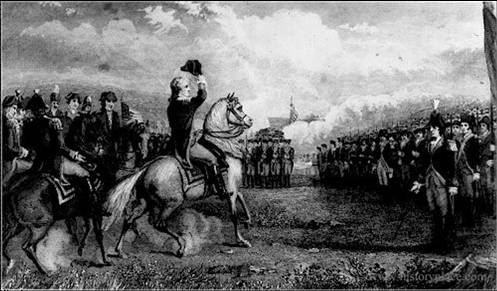




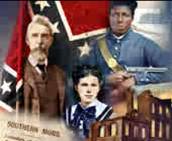
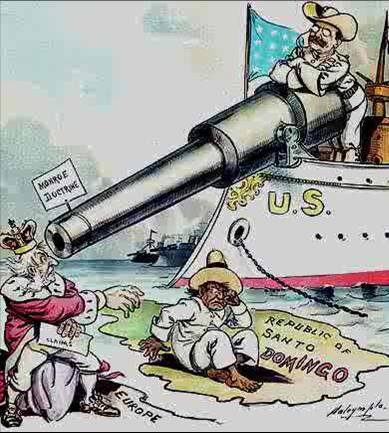
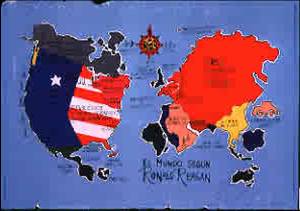

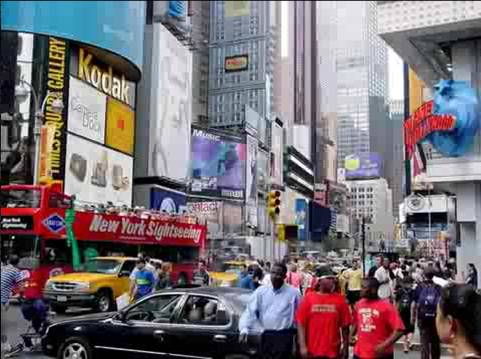
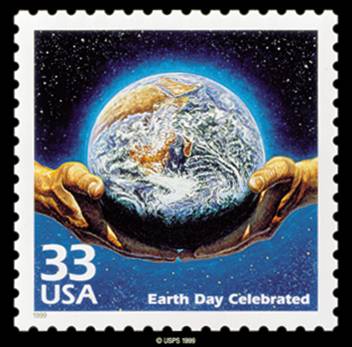
No comments:
Post a Comment